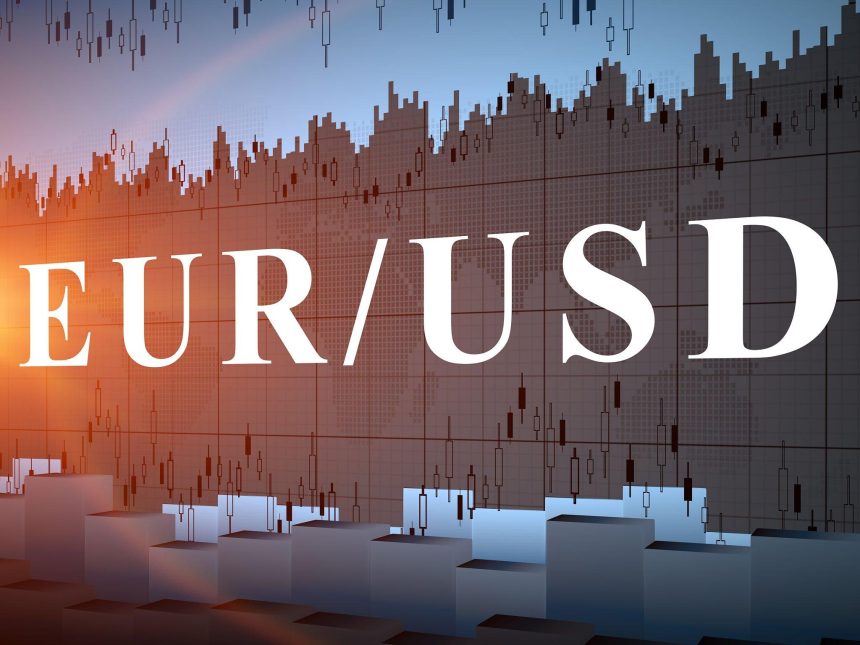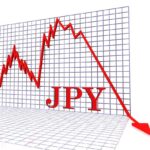EURUSD falls following a brief Pullback from 1.0800 ahead of a data rich US Economic Calendar.
The EURUSD pair Declines after a Pullback to near round level resistance at 1.0800 in the late London session. The major currency pair is under pressure as investors remain cautious ahead of a data-packed week.
The market sentiment appears to be risk-off, as risk-sensitive currencies fall. S&P 500 futures have returned almost all gains recorded in the European session. Ahead of opening following a long weekend due. To Good Friday.
The USD Index climbs as market mood shifts downward ahead of the US opening following a long weekend.
The US Dollar Index (DXY) rises to 104.65 amid uncertainty ahead of the March Nonfarm Payrolls (NFP) report. Which is slated on Friday.
Before the US NFP, investors will watch the March US Manufacturing PMI survey. Which will be released at 14:00 GMT. The factory data is expected to have climbed to 48.4 from 47.8 in February, but will stay below the 50.0 level.
The US dollar climbs despite growing market predictions. That the Federal Reserve (Fed) will decrease interest rates at its June policy meeting. According to the CME FedWatch tool, traders anticipate a 65% possibility. That the Fed will lower interest rates in June.
The possibility of a rate drop has grown since The US core Personal Consumption Expenditure Inflation (PCE) statistics for February declined as expected. The monthly and annual core PCE inflation rates increased by 0.3% and 2.8%, respectively. Furthermore, Fed Chair Jerome Powell stated following the release of the US core PCE report that the most recent US inflation data was “along the lines of what we would like to see.”
Eurozone preliminary inflation statistics will shape market expectations for ECB rate reduction in June.
On the Eurozone front, investors are awaiting the preliminary March inflation figures, which will be revealed on Wednesday. Annual core inflation is projected to have fallen to 3.0% from 3.1% in February. The yearly Harmonized Index of Consumer Prices (HICP) is expected to climb at a constant rate of 2.6%. Easing pricing pressures would enhance investors’ expectations for the European Central Bank (ECB). kicking off the The US core Personal Consumption Expenditure Inflation (PCE) statistics for February declined as expected.
Furthermore The monthly and annual core PCE inflation rates increased by 0.3% and 2.8%, respectively. Furthermore, Fed Chair Jerome Powell stated following the release of the US core PCE report. That the most recent US inflation data was “along the lines of what we would like to see.”
Moreover On the Eurozone front, investors are awaiting the preliminary March inflation figures. Which will be revealed on Wednesday. Annual core inflation is projected to have fallen to 3.0% from 3.1% in February. The yearly Harmonized Index of Consumer Prices (HICP) is expected to climb at a constant rate of 2.6%. Easing pricing pressures would enhance investors’ expectations for the European Central Bank (ECB), kicking off.
https://voiceoftraders.com/analysis/pound-declines-amid-concern-over-the-boe-interest-rate-outlook









